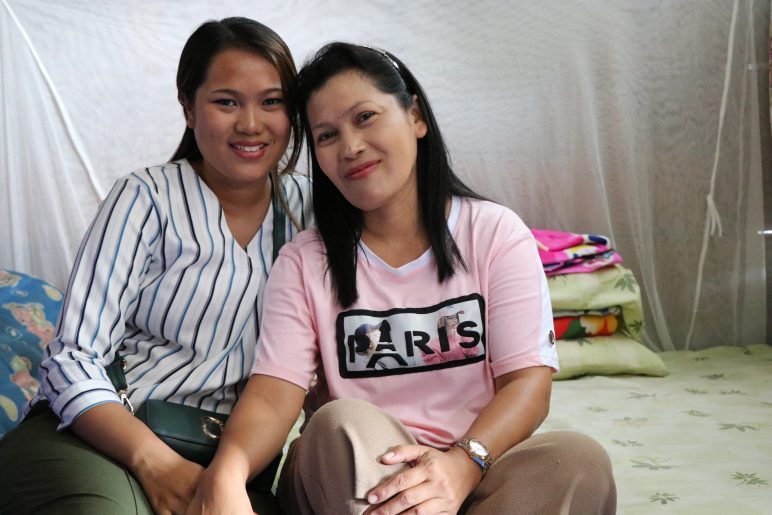Youtube screen capture of a SAT-7 ACADEMY programme, City of Stars
“Through satellite TV, we can reach out to 450 million people in this part (Middle East and North Africa) of the world, where most people have never met a Christian, seen a church or had a Bible in their own hands, but they can see the Gospel at home. They can watch our programmes in their language 24 hours a day — our production crew knows their problems and difficulties, and also their source of happiness.” —Kurt Johansen, executive director of SAT-7 Europe, Asia and Pacific
The conflict in Syria has already been 8 years. Although extremist group ISIS was reported driven out of the country, this multi-nations battle is yet to be ended. The Syrian government forces were still fighting with the rebels in May. Chronic warfare resulted in uncountable casualties and destruction. Millions of civilians lost their homes, and were either displaced within the country or have fled to countries in the Middle East and North Africa to seek asylum, such as Lebanon, Turkey, and Jordan. When their homelands were still devastated by conflicts, rebuilding their country seemed impossible. How do these refugees live in neighbouring countries? Why are their children and other Middle Eastern and North African children described as “the lost generation”? While facing multifaceted challenges, how does this younger generation bear hope for the future? Kurt Johansen, executive director of SAT-7 Europe, Asia and Pacific, a partner of CEDAR, answered our questions one by one.
Continue reading Refugees Get Schooling through TV — the Cries of Middle Eastern and Northern African Children








